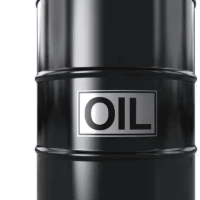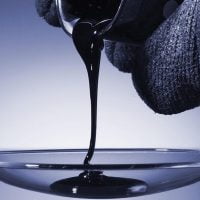Petroleum products are derived from the refining and processing of crude oil and natural gas. They encompass a wide range of products used in various industries and for numerous applications. Here’s a detailed overview:
Types of Petroleum Products
Fuels
Gasoline: Used primarily as a fuel in internal combustion engines.
Diesel: Used in diesel engines found in trucks, buses, and some cars.
Kerosene: Used in aviation (jet fuel), heating, and lamps.
Liquefied Petroleum Gas (LPG): Used for heating, cooking, and in some cases, as fuel for vehicles.
Fuel Oil: Used in power plants, ships, and industrial boilers.
Lubricants
Motor Oil: Used to lubricate engines in cars, trucks, and other vehicles.
Industrial Lubricants: Used in machinery to reduce friction and wear.
Solvents
Naphtha: Used as a solvent in the petrochemical industry and in the production of plastics.
Mineral Spirits: Used in paints and coatings as a solvent.
Asphalt
Bitumen: Used for road construction, roofing, and waterproofing.
Petrochemicals
Ethylene and Propylene: Used as feedstocks for the production of plastics, resins, and synthetic fibers.
Benzene, Toluene, and Xylene: Used in the production of chemicals, plastics, and as solvents.
Others
Paraffin Wax: Used in candles, packaging, and coatings.
Petroleum Coke: Used in the production of aluminum and steel.
Properties of Petroleum Products
Density and Specific Gravity: Varies widely among products. For example, gasoline is lighter than water, while fuel oils are heavier.
Viscosity: Measures the resistance of a fluid to flow. Lubricating oils have higher viscosity compared to fuels.
Boiling Point: Different petroleum products have varying boiling points, which is used in fractional distillation to separate them from crude oil.
Flash Point: The lowest temperature at which a product can vaporize to form an ignitable mixture with air. Gasoline has a low flash point, making it highly flammable.
Energy Content: Usually measured in British Thermal Units (BTU) or Joules. Fuels like gasoline and diesel have high energy content.
Octane/Cetane Rating: Indicates the quality of fuels. For gasoline, a higher octane rating means better performance and resistance to knocking. For diesel, a higher cetane number indicates better combustion efficiency.
Production and Refining Processes
Distillation: Crude oil is heated and separated into different components based on boiling points.
Cracking: Breaks down larger molecules into smaller, more useful ones. Includes catalytic cracking, hydrocracking, and thermal cracking.
Reforming: Alters the molecular structure of hydrocarbons to produce high-octane gasoline components and aromatics.
Blending: Mixing different refinery streams to create finished products with desired properties.
Environmental and Health Considerations
Emissions: Burning petroleum products releases greenhouse gases (GHGs), contributing to climate change.
Pollutants: Includes carbon monoxide, sulfur oxides, nitrogen oxides, and particulate matter, which can impact air quality and human health.
Spills: Petroleum spills can have devastating effects on marine and terrestrial ecosystems.
Regulations: Governments impose regulations to minimize the environmental impact and improve safety in the production, transportation, and use of petroleum products.
Applications
Transportation: Fuels for vehicles, airplanes, ships, and trains.
Energy Production: Fuel oils and natural gas for electricity generation.
Heating: Kerosene, heating oil, and LPG for residential and commercial heating.
Industrial Uses: Lubricants, solvents, and feedstocks for the petrochemical industry.
Understanding the diversity of petroleum products, their properties, and their applications is essential for appreciating their role in the modern world and addressing their environmental impacts.












